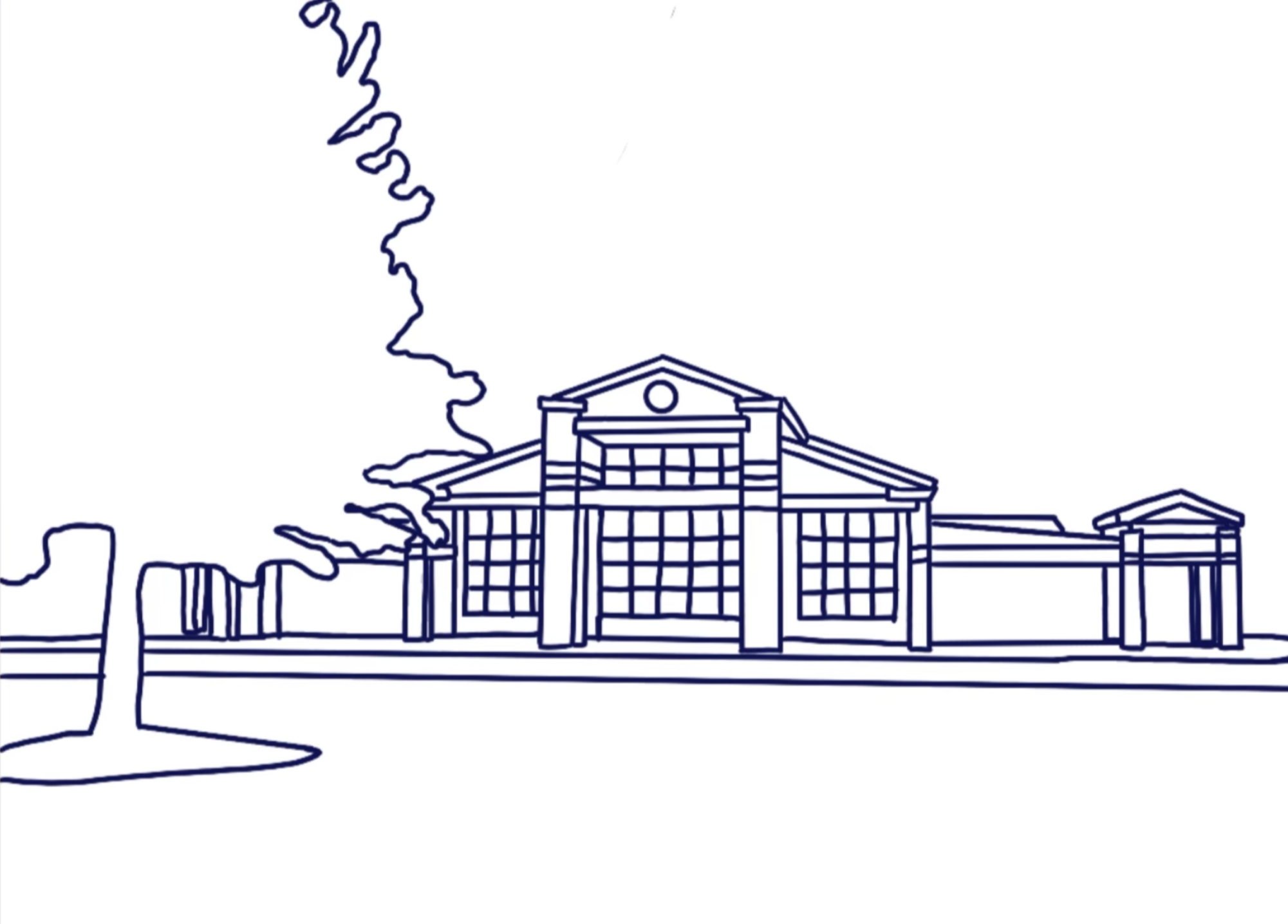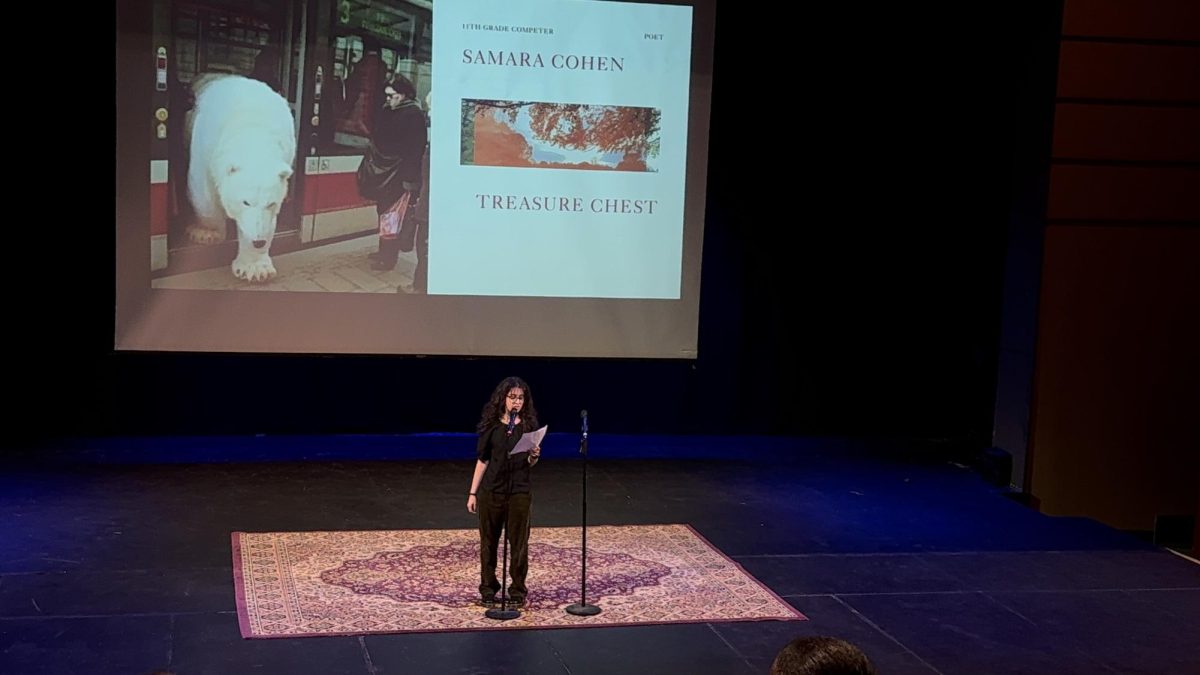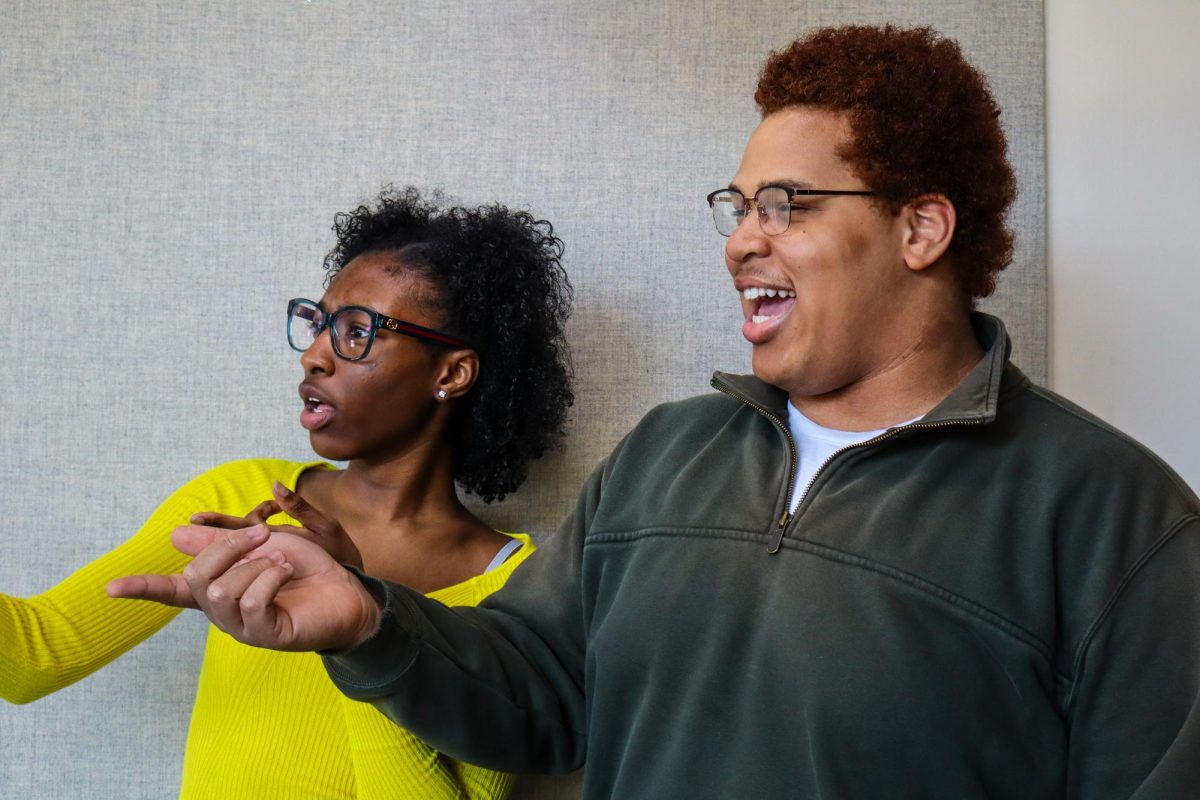December has arrived faster than expected and the student body is anxiously awaiting winter break. The air is getting colder and classes are preparing for midterms and end of semester projects due only two weeks after their return.
It’s reasonable that with the influx of work and preparations, students would be more inclined to skip extra and co-curricular activities in favor of work or downtime.
Club participation dips and this limits the abilities of clubs during the year. Attendance and commitment are integral to their success.
Clubs and student led groups reflect the interests and leadership of the student body. Student life at AFS depends on clubs because they build engagement and help boost student morale.
A unique attribute of AFS is the opportunity to start these clubs as long as the plan meets the guidelines that are pretty lenient. There aren’t required petitions, meetings with administrators, or a verbose proposal. Club periods are also incorporated within the schedule opposed to having to meet outside of school.
This makes a statement about the environment AFS wants for its students. There is more to a person than grades and test scores, and this should be celebrated by providing ways for more students to get involved outside of the classroom.
During the current 2023-2024 school year, clubs have ranged from Aquarius club to fashion club and the amount of club proposals have increased since the 2022-2023 school year from an already notable amount.
In addition to the growth in club development, a new, bi-weekly club schedule has been implemented this year as well as a new schedule change that pushes lunch back until after clubs. The current 2023-24’ schedule of the reinstated music block results in even less meeting time and attendance to clubs due to the conflict with music minors.
The influx of clubs is great for student life, but this inevitable dip in attendance is detrimental to the clubs and makes it harder to plan activities that will help boost morale during this stressful holiday time.
Suddenly the motivation of being involved in student life, advancing college applications, and making a fun, safe space where students can share passions with one another starts to deteriorate because clubs become another obligation upon rigorous course load.
Coming out of the COVID-19 pandemic, the issue was that there weren’t enough clubs that represented the interests of every student. However, even with the diversity and range of interests, we wonder if there are too many clubs for students to keep up with.
The appeal of starting a club is being considered a leader in this community that helps to guide fellow peers. Suddenly being just a member seems redundant when you could start your own club.
This is a case of quality vs. quantity. If students collaborated where every member had a role and obligation that created meaningful work, then the need to start clubs that result in limited members and a lack of goals would reduce.
Club attendance is essential to student life and morale because we have opportunities to focus on the co-curriculars that define our independent interests as students.


































Amy Newman • Jan 9, 2024 at 5:06 pm
Great analysis of the ebb and flow of club participation. This gave me a LOT of food for thought as a teacher and club advisor!